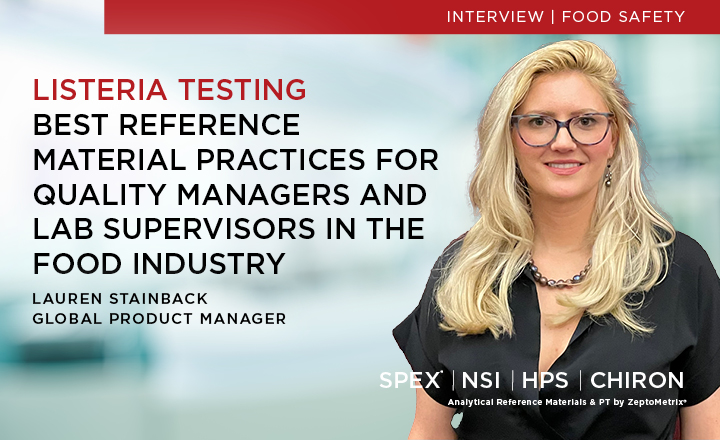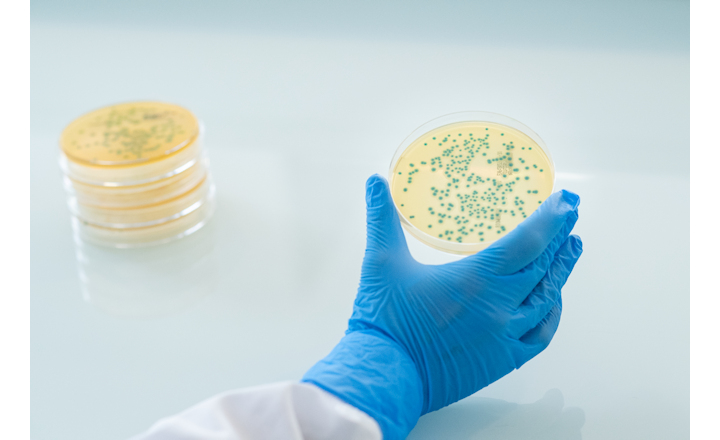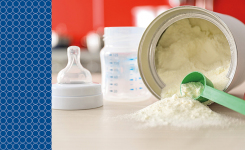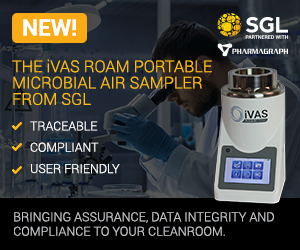L. monocytogenes is an environmental pathogen capable of contaminating food, leading to either a mild, non-invasive illness known as listerial gastroenteritis or a severe, invasive illness called listeriosis. Listeriosis is notable for its relatively high mortality rate compared to most other foodborne pathogens.
Findings from the 2023 EFSA Zoonoses Report
The "European Union One Health 2023 Zoonoses Report," published by EFSA and ECDC, highlights a concerning increase in listeriosis cases:
- Human Cases: 2,952 confirmed invasive cases, marking a 5.8% increase from 2022 and the highest rate since 2007.
- 19 Foodborne outbreaks
- High-Risk Foods at the distribution stage:
- Fermented sausages showed the highest contamination rate - Other notable categories include:
- Hard cheeses
- Meat products other than fermented sausages
- Fish - At manufacturing, higher contamination rates were detected in:
- Fish and fishery products
- Soft and semi-soft cheeses
These findings highlight the persistent risk associated with specific ready-to-eat (RTE) foods, requiring robust monitoring and control.
Enhanced Regulations and Recent Findings on Listeria monocytogenes in Ready-to-Eat Foods
The European Commission has introduced Regulation (EU) 2024/2895, amending Regulation (EC) No 2073/2005, to enhance food safety measures concerning Listeria monocytogenes in ready-to-eat (RTE) foods. This amendment, effective from July 1, 2026, extends responsibilities to additional food business operators and imposes stricter criteria on the presence of L. monocytogenes in RTE foods capable of supporting its growth. Thus, ensuring RTE foods capable of supporting L. monocytogenes growth do not exceed 100 colony-forming units per gram (cfu/g) throughout their shelf life. If operators cannot demonstrate this, the bacterium must be undetectable in 25 grams of the product.
Key Changes:
Extended Responsibility:
Previously, manufacturers were primarily responsible for ensuring compliance with microbiological criteria. The amendment extends this responsibility to all food business operators (FBOs) throughout the supply chain, including distributors and retailers. Each entity must now ensure that L. monocytogenes levels do not exceed specified limits throughout the product's shelf life.
Revised Microbiological Criteria:
For RTE foods that can support the growth of L. monocytogenes, if the producer cannot demonstrate that the bacterium will not exceed 100 colony-forming units per gram (cfu/g) throughout the shelf life, the criterion of "not detected in 25g" applies. This adjustment clarifies that this criterion is valid for products placed on the market during their entire shelf life, not just before leaving the immediate control of the responsible person.
The changes to Regulation 2073/2005 apply to ready-to-eat (RTE) foods that are capable of supporting the growth of Listeria monocytogenes.
Examples of RTE Foods Affected:
- Packaged RTE Foods:
- Pre-sliced deli meats (e.g., ham, turkey, salami).
- Smoked fish (e.g., smoked salmon).
- Cheese varieties (e.g., soft cheeses like brie, camembert). - Cooked and Refrigerated Meals:
- Pre-cooked pasta, rice, or noodle salads.
- Cooked ready-to-eat meals stored in refrigeration. - Dairy Products:
- Yogurt and dairy-based desserts (e.g., mousses, custards) that may support bacterial growth. - Fresh-Cut Produce:
- Bagged salads or pre-cut fruit packs. - Spreadable Products:
- Pâtés, spreads, or dips (e.g., hummus, liver pâté).
The amendment clarifies that Listeria monocytogenes levels in these foods must be controlled throughout the entire shelf life. This ensures that food remains safe not only at the point of production but until it is consumed by the end customer.
Foods excluded are RTE foods that do not support the growth of Listeria monocytogenes. These may still have a different set of criteria.
Examples:
- Shelf-stable, canned, or preserved RTE foods.
- Foods with low water activity or high acidity levels.
FDA and USDA Actions in the U.S.
FDA: The agency has issued draft guidance to help food producers comply with Current Good Manufacturing Practices (CGMPs) and Hazard Analysis and Risk-Based Preventive Controls for Human Food (PCHF). The focus is on minimizing L. monocytogenes contamination in RTE foods exposed to the environment before packaging and the packaged food does not receive a treatment or otherwise include a control measure (such as a formulation lethal to L. monocytogenes) that would significantly minimize L. monocytogenes.
USDA/FSIS: Starting in January 2025, the FSIS will expand testing to include all Listeria species in RTE products, environmental samples, and food contact surfaces. This aims to improve detection and prevent contamination in the food supply chain. Moreover, the presence of any Listeria species will be used to assess the effectiveness of an establishment's sanitation program.
Industry Implications
With rising cases of listeriosis and evolving regulations, food producers and testing laboratories must adopt proactive measures. Ensuring stringent testing, improved hygiene practices, and compliance with updated standards will be critical to mitigate risks and safeguard public health.
- Food Manufacturers and FBOs: Enhanced Testing Requirements: Manufacturers must implement rigorous testing protocols to demonstrate that L. monocytogenes levels remain within acceptable limits throughout the product's shelf life. This may involve conducting comprehensive shelf-life studies and challenge tests to assess the potential for bacterial growth under various conditions.
- Process and Product Adjustments: To comply with the new criteria, manufacturers might need to reformulate products, adjust processing methods, or modify storage conditions to inhibit the growth of L. monocytogenes.
- Testing Laboratories: Increased Demand for Services: The amendment is expected to lead to a surge in demand for microbiological testing services, particularly for L. monocytogenes. Laboratories should prepare for this increase by ensuring they have the necessary capacity and expertise to conduct the required tests.
View the Listeria Infographic below - the ideal resource for clear and comprehensible facts on food analysis.

For assistance and support with your microbiological routine analysis, please contact us using the Request Information button below and visit R-Biopham for more information.

























